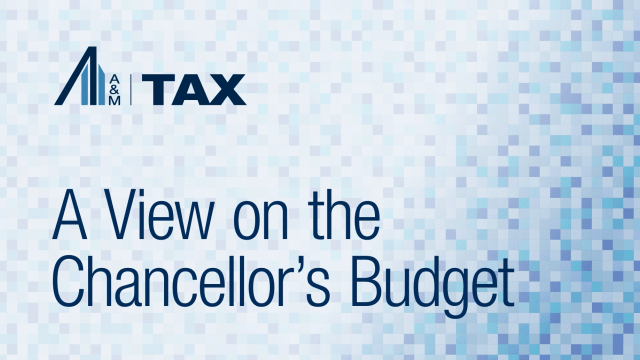Tax Tactics in Bankruptcy: Leveraging § 505 After Loper Bright
Tax liabilities in bankruptcy can be one of the most complex and challenging aspects of a distressed company’s restructuring. Fortunately, the Bankruptcy Code offers powerful, though underutilized, tools to address tax concerns. In combination with the U.S. Supreme Court's recent decision in Loper Bright Enterprises v. Raimondo, which overturned the long-standing Chevron doctrine, these tools provide a potentially transformative way to contest certain tax liabilities—particularly related to cancellation of indebtedness income (CODI).
A&M's tax expert Kevin M. Jacobs and Anthony V. Sexton from Kirkland & Ellis co-authored a recent article in the American Bankruptcy Institute Journal that explores how the Loper Bright decision, coupled with § 505 of the Bankruptcy Code, creates an opportunity to challenge controversial Treasury regulations that may lead to inflated tax liabilities, especially in debt restructuring scenarios.




